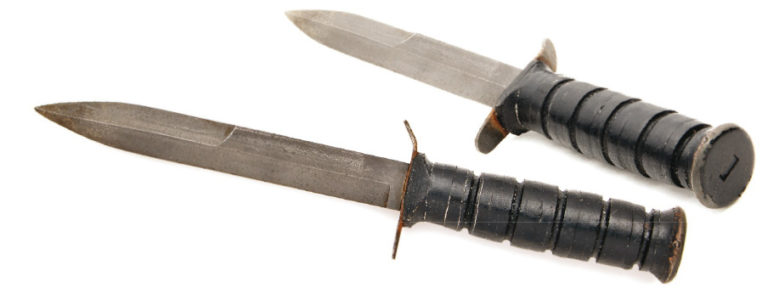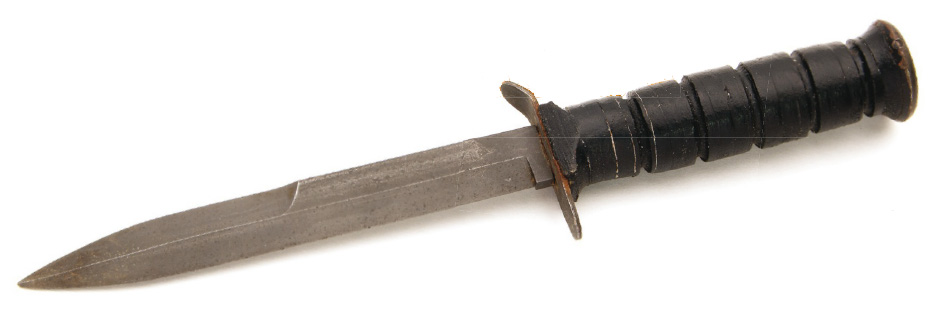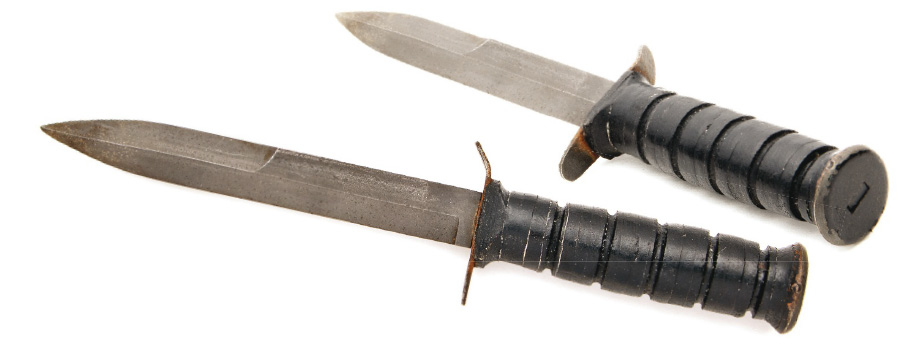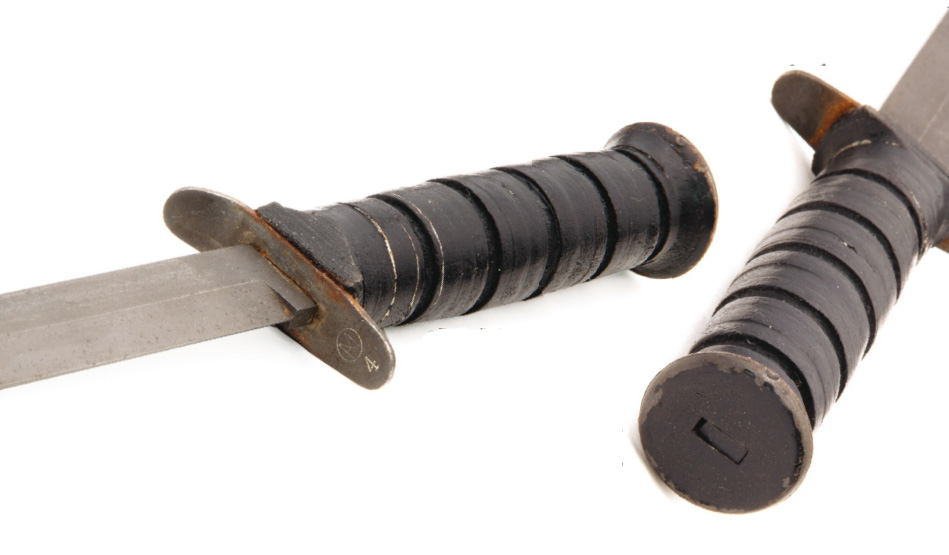
Camillus Cutlery History
To understand the Camillus M3, you need to know a bit about the history of the company that originally designed it.
It all ended for the original Camillus on February 2007. The old Camillus went gone out of business due to poor sales, a workers’ strike and a lockout—and then the long-time knife manufacturer filed for bankruptcy. Acme United Corporation bought the company’s brand name and intellectual property rights, relaunching the Camillus brand in 2009.
Camillus hadn’t always had business problems. The company was founded by Charles Sherwood in 1876 and became a good candidate for buying when the Dingley Tariff Act, which greatly raised the import duty on knives, was enacted in 1897. The company then had 20 employees.

The War Years
In 1902, Adolph Kastor, a powerhouse of a leader, bought Camillus and the company grew quickly. Camillus had grown to over 200 employees by 1910 and produced over 900,000 knives that year alone. During World War I, the manufacturer cranked out over 470,000 knives for the U.S., British, Canadian and Dutch governments.
The company continued to do well during the ’20s and ’30s. It had knife contracts with Sears Roebuck & Co., Shapleigh Hardware, Simmons Hardware and Woolworth. In fact, in the ’30s Camillus had the reputation of being the highest quality maker of knives in the United States.
During World War II, the company made over 15 million knives for the U.S. Armed Forces. Throughout the Vietnam War, Camillus produced the GI four-blade utility knife, the pilot survival knife andthe U.S. Marine Corps 7-inch Mark II.
(Author’s note: Camillus had developed the Mark II during World War II, and made more Mark II’s than anyone else, though the Marines stillcalled the Camillus-designed Mark II knife “the Ka-Bar.”)
The New-and-Improved Camillus M3
In the 1980s, the U.S. Armed Forces discussed improving the M3. Then in issue to troops, the M3 having been first produced and issued in 1943.
Of course, that was very interesting to Camillus—the company had designed the M3 in 1942—and military contracts, with additional sales in the commercial market to users and collectors, would be very welcome.
The Camillus prototype shop started work on improving the new M3 design. Most everyone thought the blade was OK as it was—6.5 inches long, .85 inch wide and made of carbon steel.

The stacked leather handle had five grooves and was longer (4.7 inches) than the World War II version of the knife. The handle diameter was larger (1.2 inches wide) and had a pinned-on stepped pommel 1.35 inches wide.
The guard was a little wider than the one on the World War II knife. The lower leg/quillon was marked on the front with a capital “M” in a circle over the number “4.” The new design M3 weighed 9 ounces finished.

One of the things the U.S. Armed Forces learned in Vietnam was the importance of guarding against mold and insects—leather handles had deteriorated quickly in the jungle.
As a result, the new knife’s handle was saturated with deterrent. It would use the current fiberglass M8A1 sheath, the same sheath in issue for the M7 bayonet.
The M3 was born again.
 NEXT STEP: Download Your Free KNIFE GUIDE Issue of BLADE Magazine
NEXT STEP: Download Your Free KNIFE GUIDE Issue of BLADE Magazine
BLADE’s annual Knife Guide Issue features the newest knives and sharpeners, plus knife and axe reviews, knife sheaths, kit knives and a Knife Industry Directory.Get your FREE digital PDF instant download of the annual Knife Guide. No, really! We will email it to you right now when you subscribe to the BLADE email newsletter.






